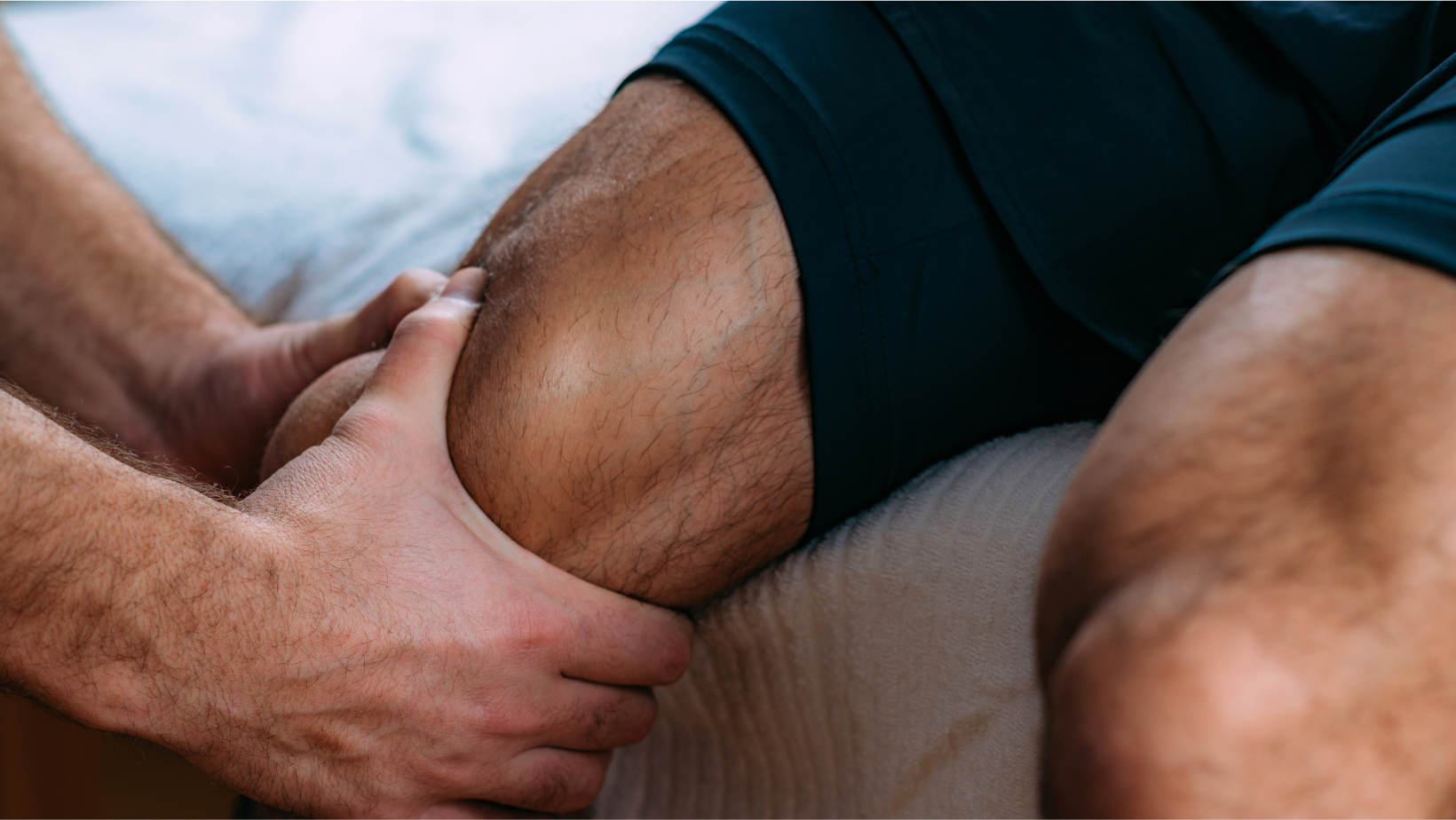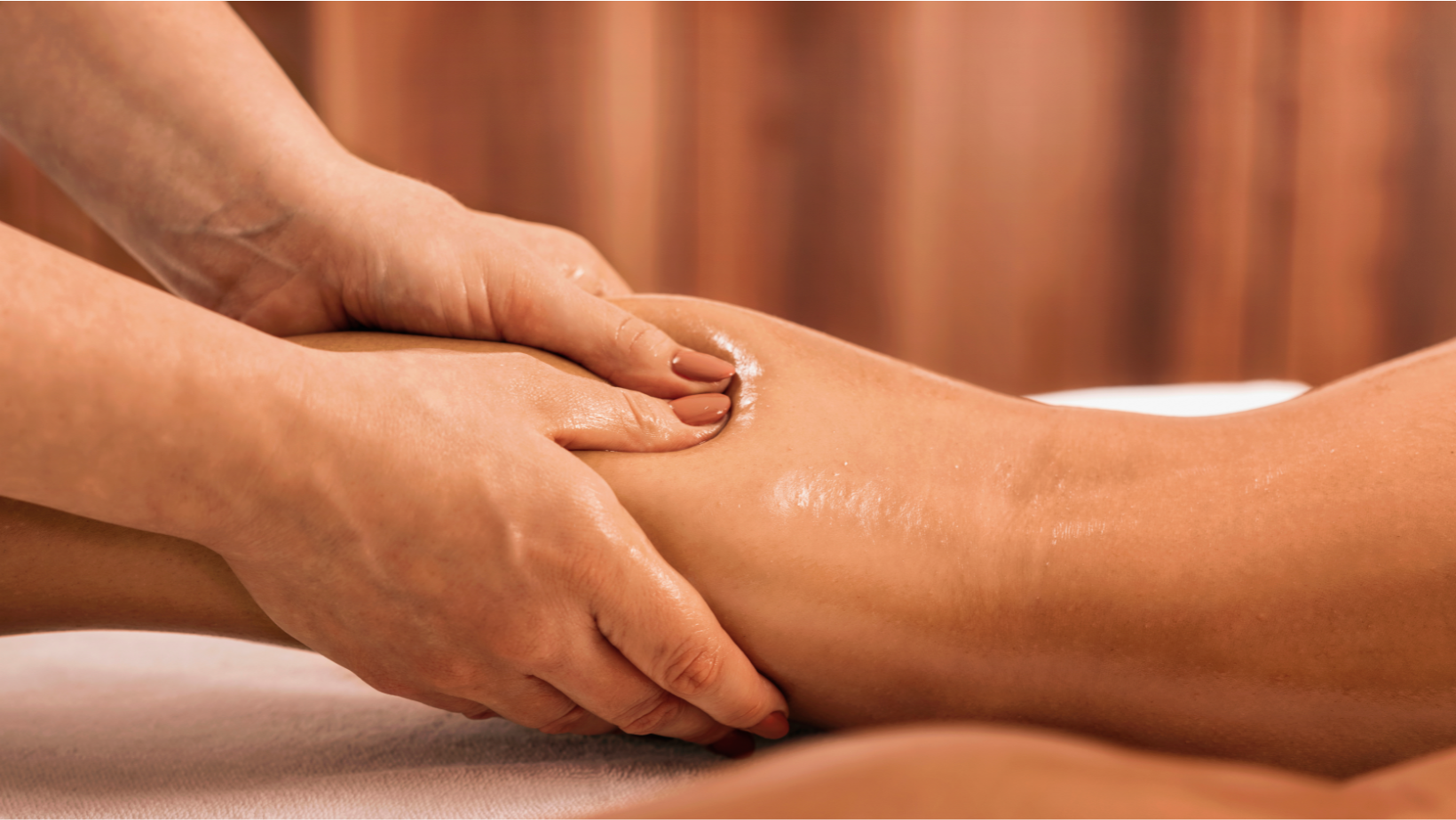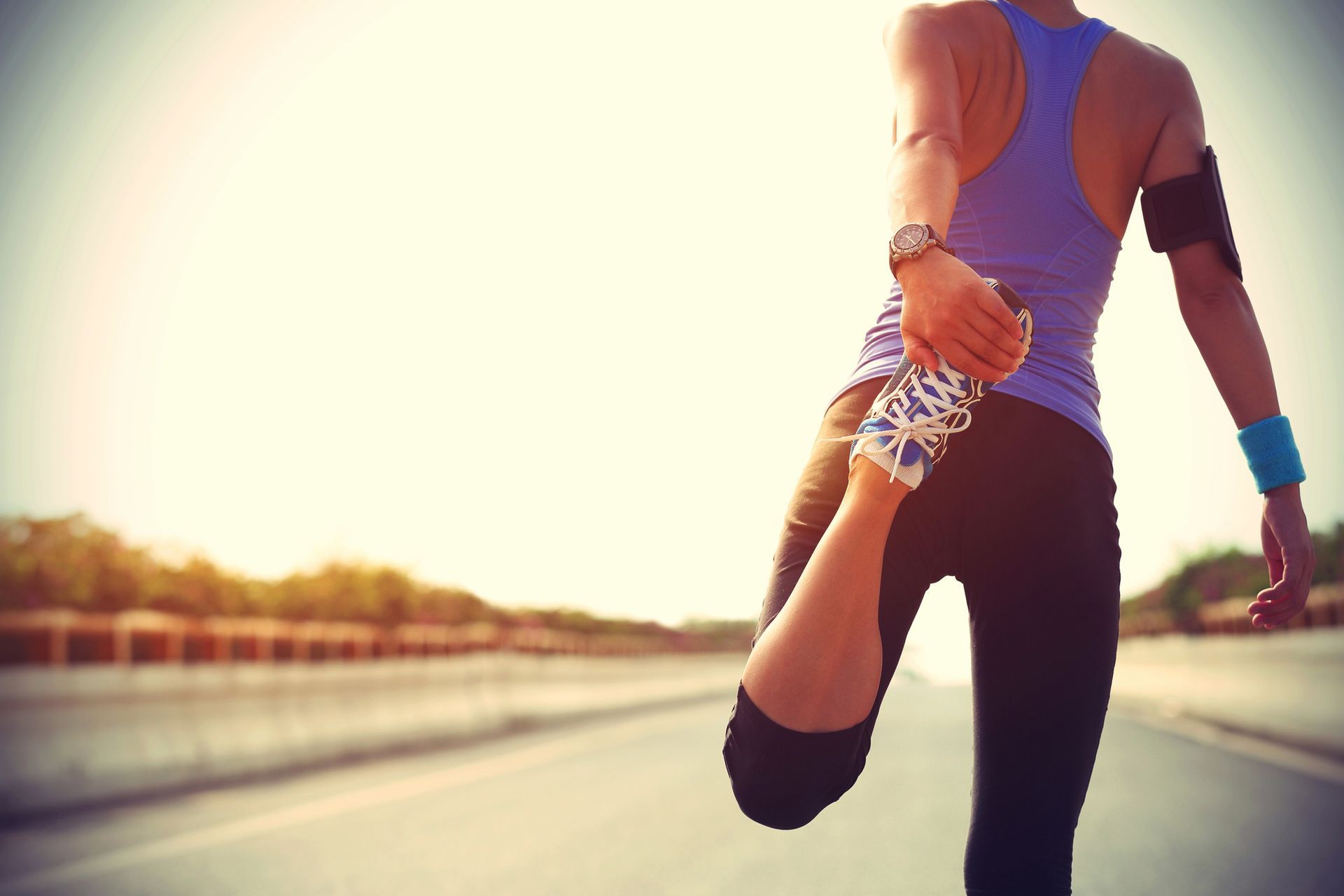Myth Busting. A view from the Arnold Fitness Games.
This month I was lucky enough to be invited to attend the 1st Arnold fitness games in Birmingham. A showcase of everything in the fitness industry from Crossfit games, to power lift, strongman and disabled strongman to name a few. It was a great weekend and fantastic to see so many people passionate about health and fitness. And also a great way to realise i’m not as in shape as I thought I was with 80% of the people there having bigger biceps than my quads.
This being said, I spoke to quite literally hundreds of people over the two days and it really highlighted to me how much confusing misinformation there is around training and injuries. So I thought Id address a few of the standout points in this blog.
1. Passive Interventions - soft tissue, cryoballs, theraguns
I must first call myself out and admit, I own a therigun and I love a sports massage as much as the next guy. But we as Physiotherapist’s must own up here and discuss their usage. These modalities can achieve some short term improvements in your “symptoms” which is useful and absolutely fine to do, but we are not causing any structural change or encouraging structural improvement. In layman’s terms, these things are okay to have done they make you feel better, but you are going to have to active load most tissues to see actual recovery and improvement. So don’t just use passive interventions when managing an injury and question any health provider that only use passive treatments with the absence of a rehab plan.
2. Injuries and structural damage
Injuries happen… but more commonly than not we see people who assume a ligament is completely ruptured or a complete muscle tear. This is very very rarely ever the case. The majority of non contact injuries particularly in the gym population are muscular and mild in nature. If you are in doubt see a specialist they can set expectations and rarely require a scan to figure out the extent of the issue and get you loading it quickly, which leads nicely onto my next point.
3. Rest
Very rarely do we need long periods of rest to allow for healing what we know about most tissues is they respond and strengthen with loading, and therefore is essential to maximise rehab that loading begins in some form quickly, so understanding when to cease resting and begin some loading is key. Progressive return to activity will most importantly keep you exercising and minimise fitness losses, but also help return to pre injury levels of fitness or greater. Arrange a consultation with a physio if you are unsure of how to grade your rehab or when to rest.
4. Sleep
So many people sit in clinic baffled by a cause of their injuries when there has been no clear change in their exercise intensity, frequency duration etc. And there are a whole host of factors that can play their role. Speaking to numerous people over the weekend one area that I see most commonly neglected is sleep. It is so essential to normal recovery, and is the best way to improve performance. Lacking in this area is a sure fire way to lead to overload and injuries even without any increase or change in your training volume. Its a big risk factor for injuries.
Have you heard of any training or injury tips you are unsure about?




